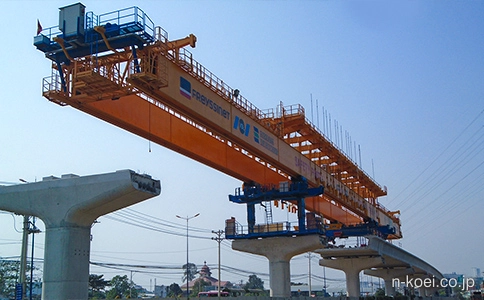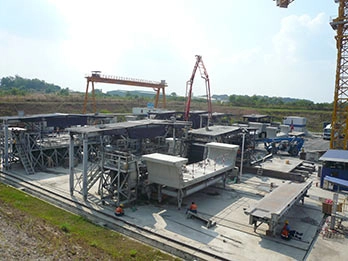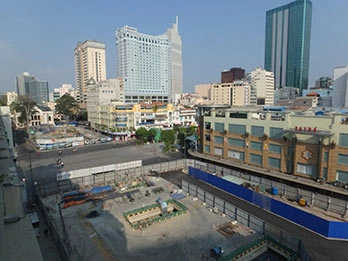MRT(Mass Rapid Transit)
Release:
Update:
NEW

Boosting infrastructure exports is a key part of the Japanese government's growth strategy, which has eventually focused renewed attention on the role of civil engineering consultants who will lead that effort.
Yutaka Kubota, the founder of Nippon Koei, was already working to pioneer “infrastructure exports” even before the Second World War. After the war ended in 1945, while he dedicated his efforts to rebuilding Japan, he also provided other countries with Japanese technologies for infrastructure such as hydroelectric power plants, roads, railways and bridges.
Today, the Nippon Koei Group carries out projects that apply essential Japanese technologies for infrastructure building in many countries worldwide. In recent years, we have been engaged in infrastructure exports with a focus on mass rapid transit (MRT) and other urban public transportation systems, helping to make people's daily lives safer and more convenient.
Specific Measures


In Ho Chi Minh City, Vietnam, an increasing population and economic growth have resulted in problems such as traffi c congestion, declining safety and environmental pollution. In 2008, Nippon Koei won a bid as the leader of a joint venture for Line 1 of the Ho Chi Minh City Metro Rail System, a 19.7 km mass rapid transit line that will link central Ho Chi Minh City, which is the most populous metropolitan area in Vietnam, with suburban areas.
This line is seen as the key to alleviating the congestion and pollution that are worsening year by year with the city's urbanization. A number of state-of-the-art technologies from Japan have been employed in this project - use of the shield tunneling method to protect historical architectural sites from land subsidence, railway cars that provide superior comfort for passengers, and the diagram management systems necessary for punctual train operation, to name a few.
The population of Ho Chi Minh City is approximately 8 million, and 20 million if surrounding areas are included. Line 1 is expected to play a role as another step toward changing the lifestyles of the Vietnamese people as the economy continues to grow rapidly.




